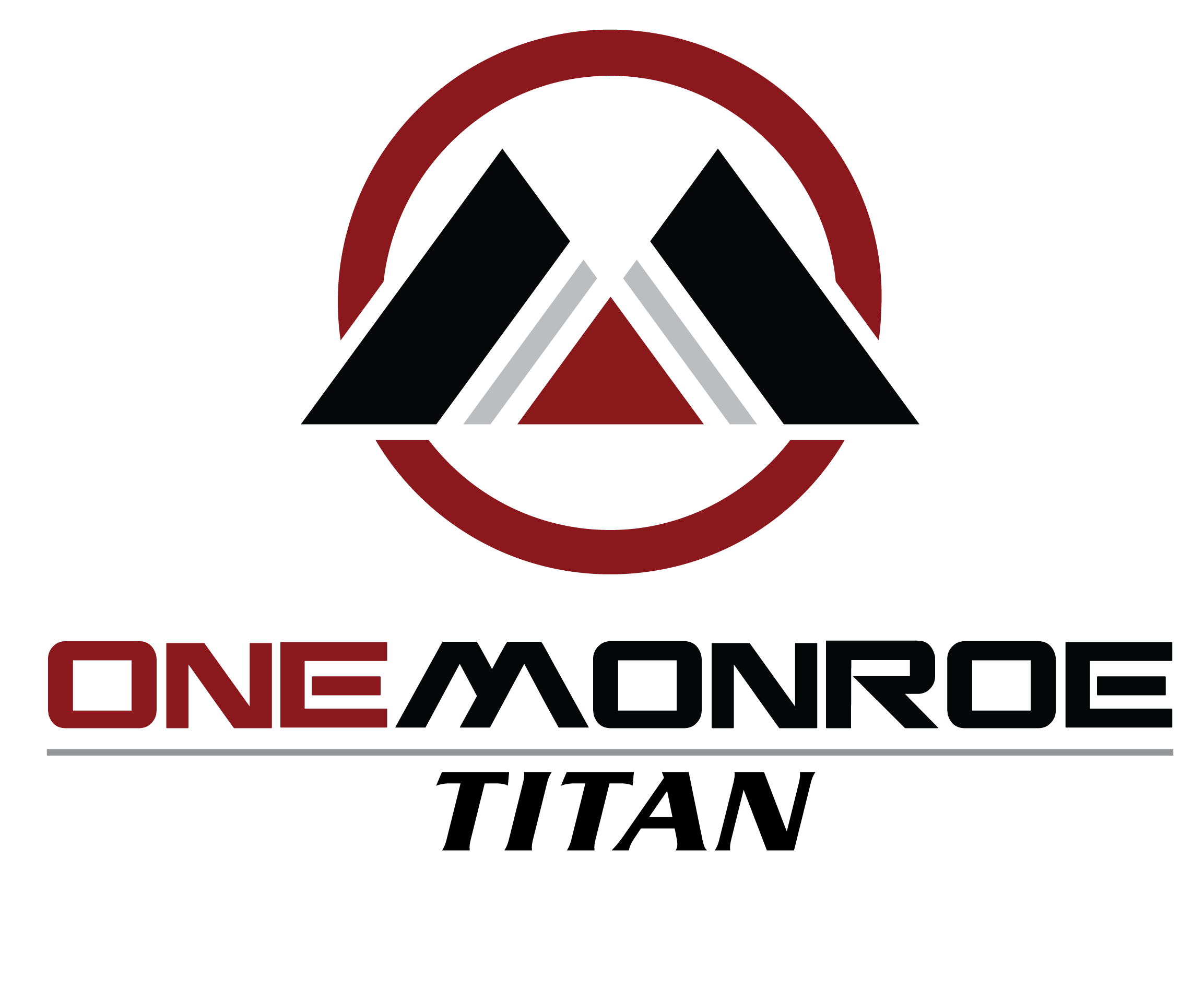
Bare copper is an essential material in a wide range of industries due to its excellent conductivity, durability, and versatility. In the wind industry, bare copper plays a critical role in powering wind turbines, ensuring efficient energy generation, and contributing to the overall reliability of wind farms. Understanding how bare copper is used in the wind industry, its applications, and its benefits can help illustrate why it is such an important component in renewable energy infrastructure.
What is Bare Copper?
Bare copper refers to copper that is free from any coatings or insulation. It is prized for its high electrical conductivity, which makes it ideal for use in electrical systems where efficient energy transfer is required. Copper is a preferred material in many industries because of its ability to conduct electricity with minimal loss, corrosion resistance, and long-term durability. Unlike insulated copper, which has an outer protective layer, bare copper is exposed, allowing for maximum conductivity.
Bare Copper in the Wind Industry
In the wind industry, bare copper is used in various applications that are crucial for the operation of wind turbines and the overall efficiency of wind farms. Here are some of the key ways in which bare copper is utilized:
-
Wind Turbine Electrical Wiring
One of the primary uses of bare copper in the wind industry is for the electrical wiring inside wind turbines. These turbines generate electricity by harnessing wind energy, and the electrical system within the turbine needs to transmit the power generated by the blades to the grid. Bare copper wire is used for internal electrical connections, including the generator windings and power distribution systems within the turbine. Its high conductivity ensures that electrical energy is transmitted efficiently with minimal resistance. -
Connection Between the Wind Turbine and the Grid
Once the wind turbine generates power, the electricity must be transmitted to the electrical grid for distribution. Bare copper cables are often used for this connection because of their excellent conductivity and reliability. These cables are used in the wiring that connects the turbine to power substations and grid systems. By using bare copper, energy loss is minimized, and the power can be transmitted more effectively over long distances. -
Earthing and Grounding Systems
In any industrial application, proper grounding is essential for safety and system performance. In the wind industry, bare copper is commonly used in grounding systems for wind turbines. Copper’s corrosion resistance and high conductivity make it ideal for safely directing electrical faults to the ground, preventing damage to the turbines and ensuring the safety of workers. The grounding system is essential to protect equipment from lightning strikes and electrical surges, which are common in wind farm environments. -
Control and Signal Wiring
Bare copper is also used in the control and signal wiring systems that manage turbine operation. These wires carry signals that control various aspects of turbine function, such as blade pitch and yaw, and ensure that the turbine operates optimally. As these control systems require fast, reliable data transmission, bare copper is often used to minimize signal loss and delay.
Why Bare Copper is Ideal for Wind Industry Applications
There are several reasons why bare copper is a preferred material in the wind industry:
-
High Conductivity: Copper has the highest electrical conductivity of any metal except silver. This ensures that energy is transmitted efficiently, which is crucial in wind energy systems where maximizing energy output is a priority.
-
Durability: Bare copper is highly durable and resistant to wear, making it well-suited for outdoor environments. Wind farms are often located in harsh weather conditions, where durability is essential for long-term performance.
-
Corrosion Resistance: Copper’s natural resistance to corrosion is particularly valuable in the wind industry, where components are exposed to the elements. Copper’s resistance helps ensure the longevity of electrical systems and minimizes maintenance requirements.
-
Environmental Benefits: Copper is 100% recyclable, making it an environmentally sustainable material. As the wind industry continues to grow as a renewable energy source, using copper in turbine and power transmission systems contributes to the overall sustainability of wind energy.
Conclusion
Bare copper plays a vital role in the wind industry by ensuring efficient power transmission, providing reliable grounding, and contributing to the overall functionality and safety of wind turbines. From electrical wiring within turbines to connections with the grid and grounding systems, bare copper’s high conductivity and durability make it an indispensable material for renewable energy applications. As the demand for wind energy continues to grow, the use of bare copper will remain crucial in supporting the industry’s efforts to provide clean, sustainable power to the world.

